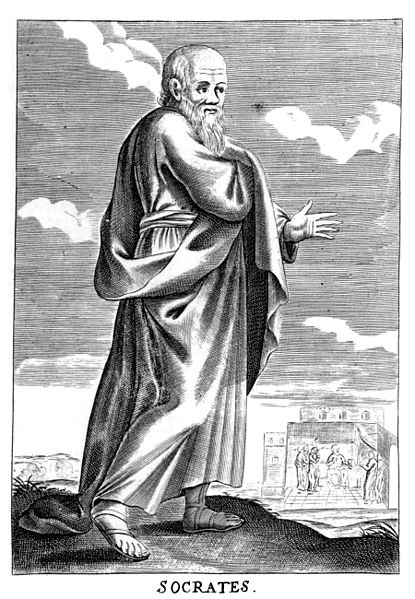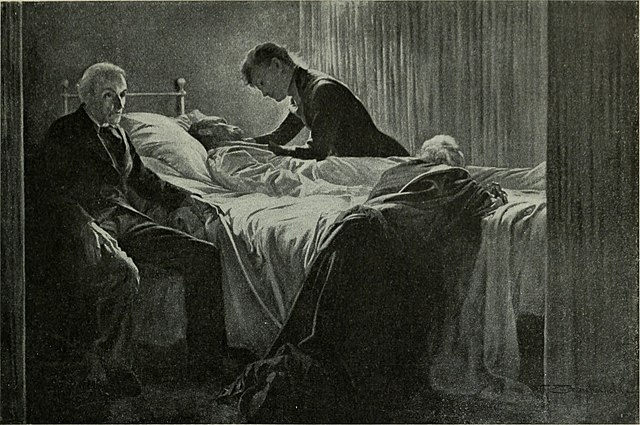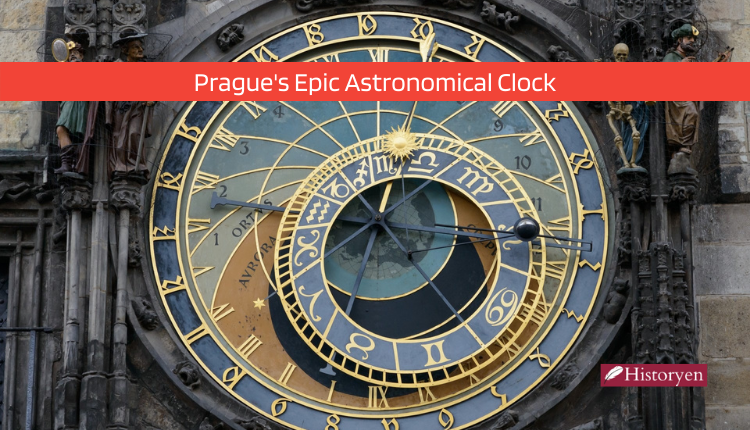Introduction: The Mind Beyond Death
The enigmatic realm of death has long captivated human curiosity. Recent scientific breakthroughs have ignited a profound discourse: could consciousness persist after our last heartbeat? This paradigm-shifting revelation challenges conventional notions of both life and death, unraveling new vistas in philosophy and medicine. Emerging from studies that shadowed revived cardiac arrest patients, these findings thrust us into a labyrinth of contemplation, blurring the line between the corporeal and the ethereal.
The Controversy of Near-Death Experiences

Venturing near the precipice of demise, resuscitated souls return with extraordinary accounts. Visions of floating and reunions with departed kin, accompanied by cognitive awareness, have ignited fervent debates. Scientists have historically attributed these near-death encounters to a fading brain, triggered by the cerebral chemistry evoked by oxygen deprivation. Yet, a striking resemblance across myriad accounts demands a more comprehensive inquiry into this ethereal realm.
A Gradual Farewell: Cellular Wisdom

Dr. Sam Parnia, a beacon in this domain, unravels the process of transition. He reveals that cells do not hastily relinquish vitality in death. Instead, they embark on a gradual journey towards their own demise. The resilience of cells post-mortem, revealed through research on mice and zebrafish, defies conventional wisdom. Notably, cellular proliferation post-mortem underscores the hypothesis of residual consciousness.
The Echoes of Mind: A Lingering Soul

New York’s researchers cast a beacon into the abyss, elucidating the enigma of post-mortem consciousness. Although the heart’s rhythm halts, the brain continues a delicate symphony. The consciousness nexus endures beyond the clinical declaration of departure. This revelation bestows an objective vantage point to gaze upon our final moments, transforming death into a contemplative realm.
The Enigma of Consciousness: Mind’s Veil Unveiled

Unveiling the essence of consciousness remains a labyrinth of neurological intricacies. At its core, consciousness is awareness, driven by billions of interconnected neurons. As blood courses through our brains, cognition blooms. This cascade of information processes our environment, birthing the phenomenon we define as consciousness.
Decoding Death: A Medical Odyssey

Medically, expiration accompanies the cessation of blood circulation, triggering the brain’s silent retreat. Lacking oxygen, the cerebral temperature plummets, silencing life’s symphony. Breath and pulse surrender, paving the way for clinical death. The heart, a vessel of life, fades, casting its shadow upon the vital consciousness it once nurtured.
The Evidentiary Awakening: Beyond Mortal Chains

Dr. Parnia’s avant-garde research pushes the boundaries of our understanding. While aligned with the conventional tenet that death aligns with cerebral blood cessation, it affirms that the brain lingers beyond the heartbeat’s wane. Clinical departure proves a slower journey for the brain, enveloping the departed in an eerie post-mortem consciousness.
Witnessing the Unseen: Echoes of Energy

Dr. Parnia’s study illuminates an astonishing burst of cerebral energy post-mortem. Revived cardiac arrest patients recount vivid episodes of resuscitation conversations. This phenomenon diverges from near-death experiences, unveiling a unique aspect of our transition. As stories meld with scientific data, a fusion of intrigue and unease pervades, challenging perceptions of the beyond.
Continuity Amidst Cessation: A Mind’s Persistence

Passing casts the brain into silence, devoid of blood’s sustenance. The cerebral cortex, the dwelling of thought, decelerates and then flatlines. As electroencephalograms fall silent, consciousness persists in a realm beyond waveforms. Sleep, an ethereal sibling, mirrors post-mortem consciousness, weaving an intriguing narrative of continuance.
From Passage to Preservation: A New Horizon

Dr. Parnia’s inquiry refrains from asserting afterlife’s existence. Instead, it crystallizes a unique window into the elusive transition. By probing the juncture where life departs, this research unveils the brain’s autonomy from the body’s shackles. This exploration echoes the societal demarcation between life and death, stoking fascination while grappling with temporal boundaries.
The Liminal State: Mind’s Extended Vigil

Simple asphyxiation of the body does not mute the brain’s symphony instantly. The essence of life, suspended within the cranial citadel, persists despite bodily cessation. Dr. Parnia’s study peers into the chasm between life’s conclusion and cerebral inertia, illuminating a continuation that belies conventional understanding. The duration of this interlude, a lingering question, binds our speculation.
Consciousness Unbound: Implications for Philosophy and Science
Dr. Parnia’s revelations reverberate through the corridors of science and philosophy. The assertion that consciousness transcends the confines of clinical death unveils a poignant reality – our interaction with the cosmos endures. While interaction wanes, awareness lingers, a specter of life’s intimate connection with existence. This insight ignites fervor in the critical care and resuscitation realm, igniting hope for enhanced revival.
The Enigma Unveiled: An Aberration of Consciousness
The quest to delineate consciousness has vexed scholars for ages. Dr. Parnia’s work offers a concrete facet to this intricate puzzle, intertwining the physical with the metaphysical. Testimonies of post-mortem recall defy conventional wisdom, suggesting that consciousness stands distinct from cerebral vitality.
The Essence of Eternity: Echoes Beyond Mortality
Intriguingly, Dr. Parnia’s research charts consciousness’s venture into the afterlife. Emerging from the dark cocoon of clinical death, awareness persists for minutes, defying the prognosis of swift cessation. This temporal chasm bewitches the scientific and philosophical cognoscenti, reigniting dialogues on the perennial nature of consciousness.
Consciousness persists briefly due to the gradual cessation of brain functions, even after the heart stops beating.
No, near-death experiences entail a broader spectrum of sensations, while post-mortem consciousness manifests as specific recollections.
Post-mortem consciousness offers potential insights into enhancing resuscitation methods and understanding the delicate boundary between life and death.
Indeed, the concept of lingering awareness challenges traditional views of passing, igniting contemplation on the soul’s continuity.
The precise duration remains elusive; however, research hints at a window of up to three minutes after clinical death.



